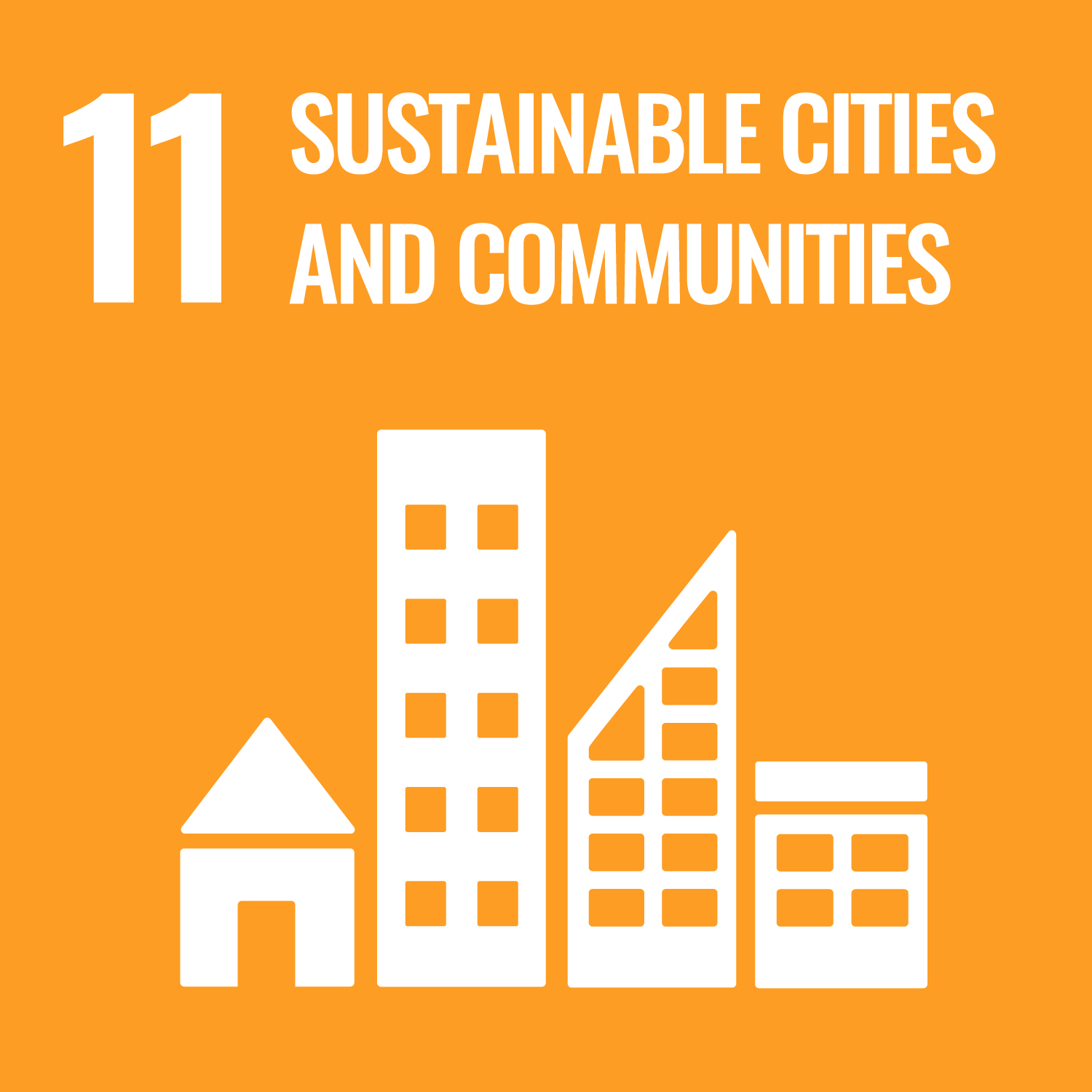This course deals with not only the architectural history at diachronic perspectives but also the relations between various
phenomena of human society and architecture around the world, with correlating it with “Design and Manufacturing” in contemporary
society.
It is a basic specialized subject to enhance “Problem finding and solving skills” and “Creative representation skills” based on “Taking a lesson from the past” and also “Innovation from the past.”
It corresponds to the subject of the examination for architects; First “Architectural Planning.”
It is a basic specialized subject to enhance “Problem finding and solving skills” and “Creative representation skills” based on “Taking a lesson from the past” and also “Innovation from the past.”
It corresponds to the subject of the examination for architects; First “Architectural Planning.”
The aim of this course is to acquire the way of thinking and basic knowledge needed for designing (Design and Manufacturing)
the Built-environment such as Architecture and Urban; it is important to comprehend and consider the reasons or background
that human beings had brought about the architecture (Object), information and culture (Doing) in history.
- Understand the relations between Architecture and Culture and Society.
- Think about History of Architecture in relation to the basic knowledge for architectural planning and design.
- Think about History of Architecture in relation to the basic knowledge of Problem finding and solving skills.
| Each mini test | Report | Total. | |
|---|---|---|---|
| 1. | 26% | 6% | 32% |
| 2. | 27% | 7% | 34% |
| 3. | 27% | 7% | 34% |
| Total. | 80% | 20% | - |
| Class schedule | HW assignments (Including preparation and review of the class.) | Amount of Time Required | |
|---|---|---|---|
| 1. | What you learn in History of Architecture. | Read the reference book | 180minutes |
| 2. | History of Japanese Architecture 1: Characteristics; factors of establishment and summary | Read and understand the texts distributed. | 180minutes |
| 3. | History of Japanese Architecture 2: Introduction; Ancient times |
Read and understand the texts distributed. | 180minutes |
| 4. | History of Japanese Architecture 3: The Middle ages |
Read and understand the texts distributed. | 180minutes |
| 5. | History of Japanese Architecture 3: the Early-modern times, Modern Times |
Read and understand the texts distributed. | 180minutes |
| 6. | History of European Architecture 1: Summary; Greek and Roman Architecture |
Read and understand the texts distributed. | 180minutes |
| 7. | History of European Architecture 2: Summary; development of Classical architecture |
Read and understand the texts distributed. | 180minutes |
| 8. | History of European Architecture 3: Summary; from the Renaissance to Modern times |
Read and understand the texts distributed. | 180minutes |
| 9. | History of Modern Architecture 1: The end of the century and new movement |
Read and understand the texts distributed. | 180minutes |
| 10. | History of Modern Architecture 2: Frank Lloyd Wright |
Read and understand the texts distributed. | 180minutes |
| 11. | History of Modern Architecture 3: Ludwig Mies van der Rohe |
Read and understand the texts distributed. | 180minutes |
| 12. | History of Modern Architecture 4: Le Corbusier |
Read and understand the texts distributed. | 180minutes |
| 13. | From Modern Architecture at the beginning of the 20th century to Architecture of Post-modern and Deconstructivism | Read and understand the texts distributed. | 180minutes |
| 14. | Report and presentation: “My View of Architectural History” |
Submit the report | 360minutes |
| Total. | - | - | 2700minutes |
Your overall grade will be based on the following ratio:
- Average score for the 12 times short-tests in Lectures: 80%.
- Score for a final report: 20%.
-note that five absences is “D.”
To pass, students must earn at least 60 points out of 100 by taking the average score of 12 times short-test more than 60 points, submitting the final report on time, and making it less than 4 times absent.
- Average score for the 12 times short-tests in Lectures: 80%.
- Score for a final report: 20%.
-note that five absences is “D.”
To pass, students must earn at least 60 points out of 100 by taking the average score of 12 times short-test more than 60 points, submitting the final report on time, and making it less than 4 times absent.
| ways of feedback | specific contents about "Other" |
|---|---|
| The Others | 授業内でフィードバックをします。内容によっては授業外(Teams等)でフィードバックします。 |
Textbook: The texts distributed on Omiya Share Folder before every class. (download)
Reference book: ISBN978-4-7615-3207-9, ISBN978-4-395-00876-6 C3052
Reference book: ISBN978-4-7615-3207-9, ISBN978-4-395-00876-6 C3052
The class will be given the explanation of contents along each theme in Power Point.
The students are expected to read the texts and reference book as mentioned above.
The students are expected to read the texts and reference book as mentioned above.
- Every Monday 12:45〜13:00 or will respond to your e-mail.
- If you will need a face-to-face meeting, you should make an appointment with each teacher by e-mail.
- Course that cultivates an ability for utilizing knowledge
- Course that cultivates a basic self-management skills
- Course that cultivates a basic problem-solving skills
| Work experience | Work experience and relevance to the course content if applicable |
|---|---|
| N/A | N/A |


- 9.INDUSTRY, INNOVATION AND INFRASTRUCTURE
- 11.SUSTAINABLE CITIES AND COMMUNITIES
Last modified : Wed Feb 19 04:06:07 JST 2025

